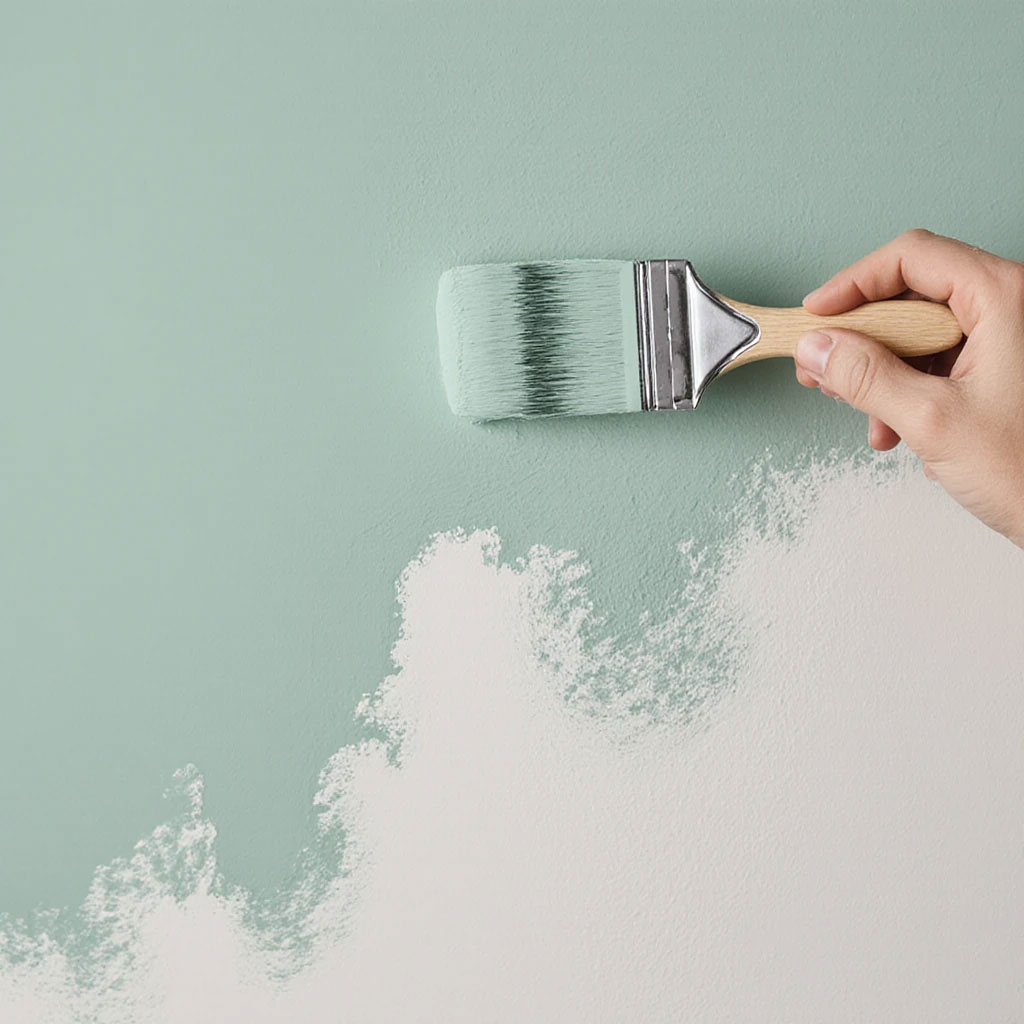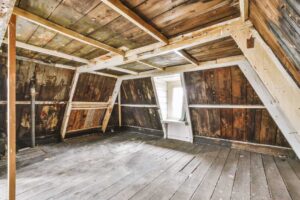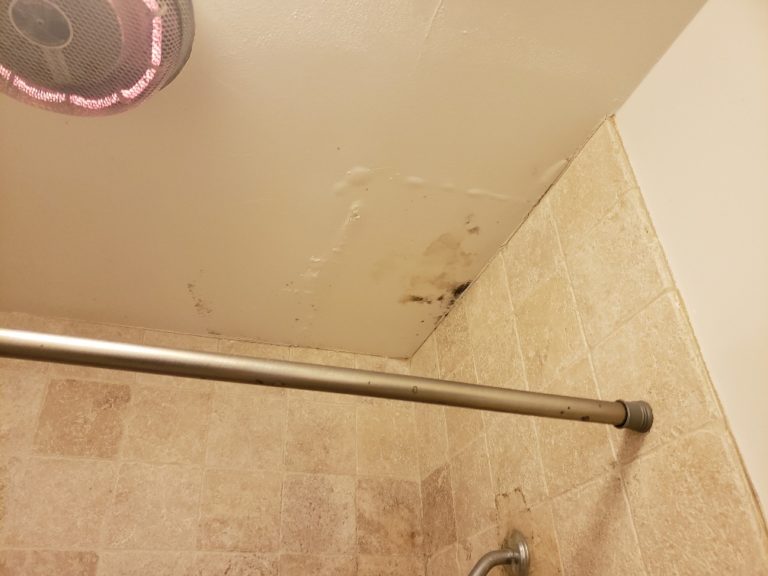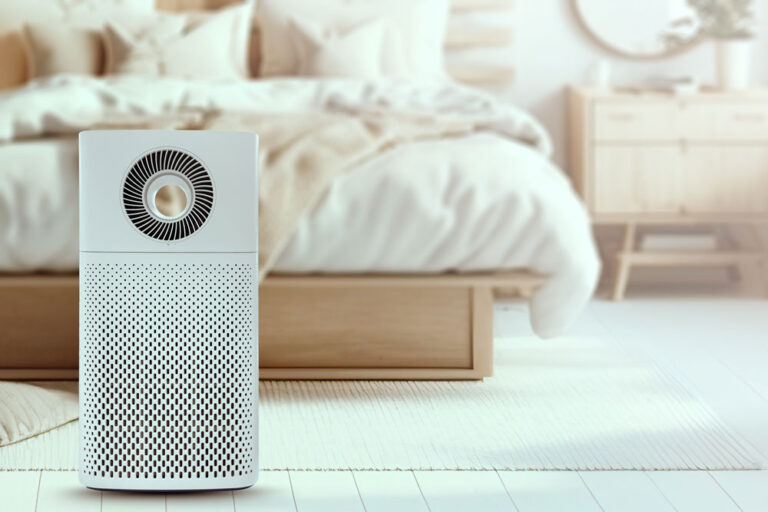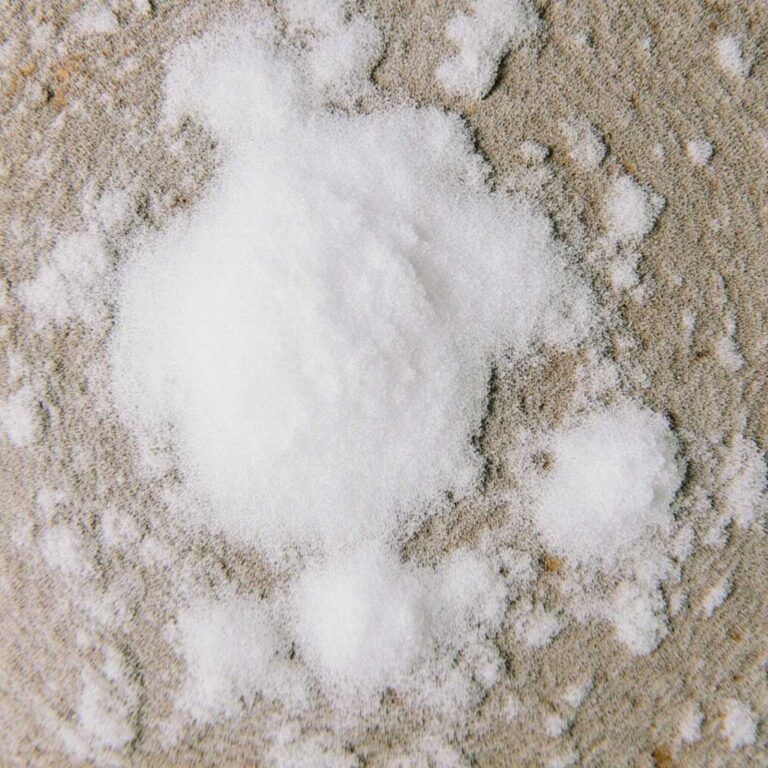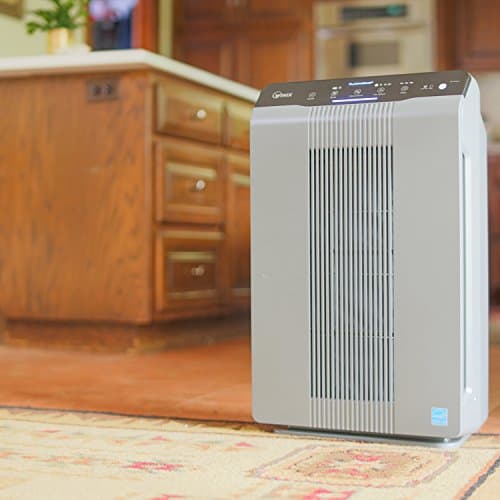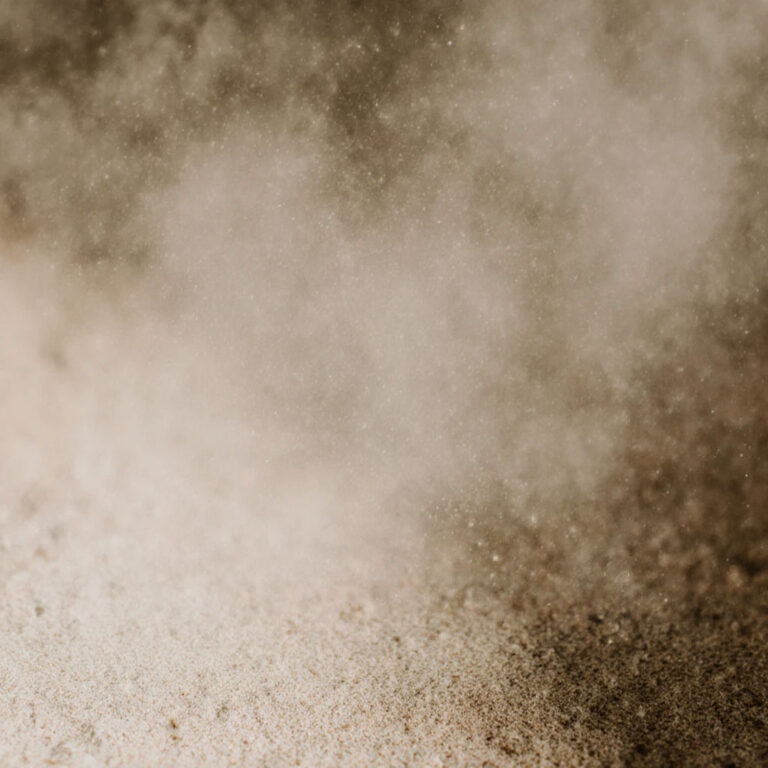Mold resistant paint might be the secret weapon your walls need.
Mold doesn’t only grow in dark, damp corners. It can creep across walls, ceilings, and even freshly painted surfaces.
In bathrooms, kitchens, and basements, high humidity makes it even easier for mold to spread.
That’s where mold resistant paint steps in.
It creates a protective layer that makes it harder for mold and mildew to take hold. Think of it as armor for your walls in moisture-heavy areas.
In this guide, you’ll learn:
- How mold resistant paint works
- When and where to use it
- The best types for bathrooms, ceilings, and more
- Why it’s not a quick fix for existing mold problems
Let’s find out if it’s worth adding to your home improvement checklist.
What Is Mold Resistant Paint and How Does It Work?
Mold resistant paint (also called mold and mildew resistant paint) is designed with special additives that stop mold spores from growing on painted surfaces. These additives work by creating an environment that’s hostile to mold, even in areas with high humidity.
Unlike regular paint, which can trap moisture and allow mold to spread underneath, mold resistant paint includes fungicides that act as a long-term barrier. This doesn’t mean mold can never appear—but it makes growth far less likely.
It’s commonly used in:
- Bathrooms (especially for mold resistant bathroom ceiling paint)
- Kitchens and laundry rooms
- Basements or crawl spaces
- Any room prone to high humidity or poor ventilation
While it can be a powerful prevention tool, it’s not a substitute for proper mold removal. If you’re already showing warning signs of mold toxicity—like unexplained headaches, fatigue, or sinus issues—you need to address the source first before painting.
Does Mold Resistant Paint Really Work?
The short answer: yes, mold resistant paint works—but only if used correctly. It’s highly effective at preventing new mold growth on clean, dry surfaces. However, it won’t kill existing mold. If you paint over a moldy wall, the fungus can continue growing underneath and eventually break through the surface.
Its success depends on:
- Proper surface preparation (cleaning and drying the area first)
- Addressing underlying moisture problems
- Applying enough coats for full coverage
Think of it as the final shield after solving the root cause of mold. For example, after fixing leaks or improving ventilation, a fresh coat of mold resistant paint can keep those walls protected. If you’re unsure whether your home still has hidden mold, a professional mold inspection can help identify problem areas before you paint.
When Should You Use Mold Resistant Paint?
Mold resistant paint is most valuable in high-moisture and poor-ventilation areas—places where humidity lingers and surfaces stay damp. Common examples include:
- Bathrooms and showers – perfect for mold resistant bathroom ceiling paint
- Basements – especially those with limited airflow
- Laundry rooms – where steam from appliances can feed mold growth
- Kitchens – near sinks, dishwashers, and cooking areas
- Garages and workshops – if they’re not climate-controlled
It’s also smart to use anti-mold paint in rooms that have previously suffered water damage. Just be sure the surface is completely dry and mold-free before painting. Otherwise, you’re trapping the problem inside.
Types of Mold Resistant Paint
Not all mold resistant paints are created equal. The right choice depends on where you’re using it and the conditions in that space.
1. Anti-mold paint
- Designed with strong fungicidal additives
- Best for preventing mold regrowth on previously affected walls
- Often used after remediation in areas with a history of mold problems
2. Mold and mildew resistant paint
- Formulated to resist both mold and mildew, which thrives in damp, dark spots
- Great for high-humidity environments like bathrooms, laundry rooms, and basements
3. Mold resistant bathroom paint
- Made to withstand constant exposure to steam and condensation
- Available in low-sheen or semi-gloss finishes to make cleaning easier
Specialized versions exist for ceilings, kitchens, and basements, where ventilation challenges are common. If you’re dealing with an active mold problem, remember that painting over it is not a fix—it must be removed first.
Behr Mold Resistant Paint and Primer: A Closer Look
If you’ve browsed the paint aisle, you’ve likely spotted Behr mold resistant paint and primer options. Behr’s premium lines, including Behr Marquee, are known for strong coverage, vibrant color retention, and additives that help resist mold and mildew growth.
Key features:
- Mold and mildew resistance built into the formula
- Paint and primer in one, which can save time and improve adhesion
- High durability for scrubbable surfaces without breaking down the protective layer
Is Behr Marquee paint mold resistant?
Yes — it contains mildew-resistant properties, making it suitable for high-moisture rooms like bathrooms and kitchens. However, it’s not a substitute for fixing underlying moisture issues.
Compared with other brands, Behr holds its own for coverage and finish quality. While some professional-grade paints may offer slightly stronger commercial mold resistance, Behr is a reliable choice for residential spaces. Just remember: even the best paint needs a dry, clean, and mold-free surface before application
Can You Paint Mold Resistant Drywall?
Yes — you can paint mold resistant drywall with mold resistant paint for an extra layer of protection. This combination creates a surface that’s better equipped to handle the moisture and humidity that often lead to mold problems.
Think of it as stacking defenses:
- Mold resistant drywall resists absorbing moisture.
- Mold resistant paint inhibits mold and mildew from growing on the surface.
However, no paint or drywall can overcome persistent water leaks or poor ventilation. Without moisture control, you could still end up with hidden growth behind walls — a situation sometimes referred to as ghost mold.
For best results:
- Make sure the drywall is completely dry before painting.
- Use a high-quality primer if needed.
- Maintain good airflow in the room.
Common Misconceptions About Mold Resistant Paint
Many homeowners assume that mold resistant paint is a one-step fix for any mold problem. That’s not true. Here are the main misconceptions:
- It doesn’t kill existing mold. You must remove all visible mold and address the root cause before painting.
- It’s not a substitute for fixing leaks or controlling humidity. Without moisture control, mold can still develop behind the paint layer.
- It won’t protect against all chemical sensitivities. In some cases, harsh additives in paints or treatments can trigger symptoms — especially for people sensitive to chemicals, as explained in our guide on when mold treatments make you sick.
Bottom line: mold resistant paint works best as part of a comprehensive moisture and mold prevention plan — not as a cure-all.
The Final Coat: Why Mold Resistant Paint Is Worth the Investment
Mold resistant paint isn’t just about keeping your walls looking fresh — it’s about protecting your home’s air quality and your health. By using it in high-moisture spaces like bathrooms, kitchens, and basements, you add a layer of defense against mold growth. Pair it with proper ventilation, humidity control, and prompt leak repairs, and you’ll have a long-term solution that works.
Think of it as insurance for your walls — a small upgrade now that can save you from costly repairs later.
Frequently Asked Questions About Mold Resistant Paint
1. Does mold resistant paint really work?
Yes, when applied correctly on a clean, dry surface, mold resistant paint can slow or prevent mold growth. It works best in combination with good ventilation and moisture control. However, it will not kill existing mold — you must remove it first.
2. Can you paint over mold with mold resistant paint?
No. Painting over mold traps the spores underneath, allowing them to keep growing and potentially spread. Always remove mold completely before applying mold resistant paint for the best results.
3. What’s the best place to use mold resistant paint?
It’s ideal for high-moisture areas like bathrooms, kitchens, laundry rooms, and basements. You can also use it on bathroom ceilings and around windows where condensation is common.
Also Read
- Mold-Proof Your Office: Simple Steps for a Healthier Workspace — Keep your workplace free from mold and improve indoor air quality.
- Post-Remediation Return — What to know before moving back into your home after mold cleanup.
- Can Mold Grow on Different Types of Insulation? — Find out which insulation materials are most mold-prone.
- Innovative Technologies for Mold Detection and Remediation — New tools that make mold detection faster and more accurate.
- The Mold Checklist — A comprehensive guide to staying ahead of mold growth.


